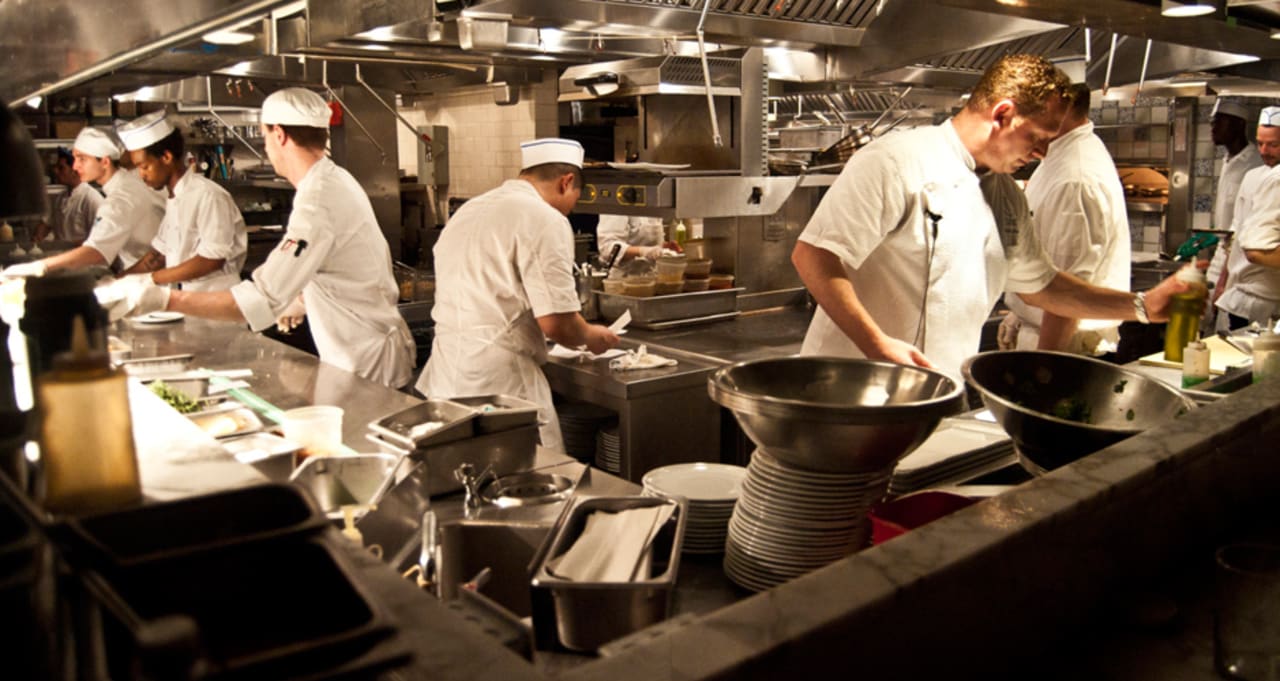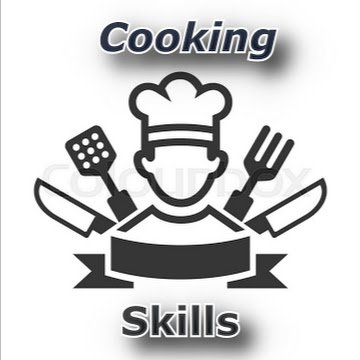
Nonstick pans can now be coated with a variety different materials. Each has their own benefits and drawbacks. Teflon is a popular material because of its high resistance to heat and durability. However, if heated too high, Teflon can be harmful to food. In this article, we will discuss Teflon and the alternatives. This is the type of coating that nonstick pans with the best results are not likely to have.
PFOA
High temperatures are not recommended for nonstick cookware that has been coated with PTFE or PFOA. These coatings degrade rapidly and release toxins when heated. Nonstick surfaces can also be affected by metal utensils. The coating may become less durable and release chemicals. This article will discuss the potential health risks and possible health consequences of using PFOA-coated pans. The following tips will give you a better understanding of nonstick pans.
PFOA as well as other PFAS chemicals (such as PTFE), are persistent in nature. The chemicals can still be found in our drinking water, as well as in groundwater, if you used non-stick pans 10 years ago. These risks have prompted the Environmental Protection Agency and the World Health Organization to issue a health advisory. These chemicals were classified as "possibly dangerous to human health."
PTFE
Nonstick pan coatings made of PTFE are most popular and can prove to be extremely useful when preparing meals for large groups. They help to prevent food from sticking to the pan without using oil or a nonstick cooking spray. You should also note that PTFE nonstick pans are often more expensive than nonstick pans with regular coating. However, nonstick pans need to be maintained and cleaned regularly. PTFE non stick pan coatings are considered safe by the FDA, but they are not completely non-toxic. Ceramic cookware can be healthier. Cast iron is safe because it doesn't contain PTFE.

PFAS has been used in cookware for many decades. Many of these substances have been dumped into the waterways without regulation. According to the Environmental Working Group, 19 million Americans are at high risk of being exposed. "Gen X," chemicals are the newest and most commonly used in non-stick pan coats. This lack of testing has raised concerns about the safety and efficacy of these coatings. The company behind Greblon's non stick pan coatings also produces several different types of PTFE.
Teflon
A nonstick pan with a Teflon nonstick coating has several disadvantages. Most of these issues are caused by the Teflon nonstick coating, which is made up of PFOA and polyfluoroalkyls substances (PFAS). Although banned for many years these chemicals are still used in some cookware. Avoid Teflon pans and use nonstick cookware made from other materials to minimize these dangers.
Teflon pans with nonstick coatings can contain PFOA which can be dangerous to the environment. It has been linked to chronic kidney disease and cancer, as well as affecting the male reproductive system. The toxic fumes released by the pan when it is overheated should be avoided. It is best to avoid heating empty Teflon Pans in the oven or broiler to minimize your exposure to PFOA.
Nanoparticles
Novel nanoparticles were developed for non stick pan coatings and are currently being evaluated for use in food contact applications. It is unclear how nanoparticles can be released from non-stick pan coatings. However, recent studies indicate that they could leach into food when exposed to high temperatures and repeated use. This new technology is still in development, but it could be useful in nonstick pans.

PTFE, a substance often found in nonstick pans, is causing concern. The chemical pyrolysis products of heated polytetrafluoroethylene can cause acute toxicosis in budgerigars. The small amounts of PTFE that are consumed by humans do not cause any harm and can be used in small quantities.
FAQ
What is the best career path for someone who wants to be a chef? How do I begin my career as chef?
If you're interested in becoming a chef, you should consider starting as an apprentice. Apprenticeships are a way to earn a living while you learn. After you complete your apprenticeship, it is possible to apply for a job as a sous-chef. Sous chefs are responsible for supervising cooks and helping them prepare salads or desserts. They also supervise the operation of the restaurant.
Can I learn to cook alongside my kids?
Yes! Yes, kids love to help in kitchen. It's a fun activity which teaches children responsibility and teamwork. Children can help with everything from washing vegetables to chopping onions. Your children will be more comfortable helping you cook if you teach them safe techniques for handling knives.
Where can I purchase high-quality kitchen equipment
High-quality kitchen equipment can be purchased online. All kitchen tools can be purchased online at a number of sites. Be sure to read customer reviews before you buy any kitchen equipment. If you have similar items to purchase, ask your friends and family if they would recommend them.
How do I get motivated to cook?
Sharing meals with family and friends is the best part of cooking. Cooking for one is easier than cooking for another. Try making something new if your goal is to become more motivated to cook. You'll learn new techniques, and you'll be inspired to cook. It's also possible to use recipes from other cultures in order to broaden your culinary knowledge.
What is the best way to store leftovers?
Leftovers are usually stored in Tupperware containers. These containers keep food fresh and prevent odors forming. They also keep foods warm for longer. Freezer bags can be used to freeze any leftover food. To prevent air from escaping, freeze food in a bag. Once food has been frozen properly, seal it with a ziplock bag.
Statistics
- In the United States, the category is estimated at $23.2 billion annually and is growing faster than the market. (washingtonpost.com)
- On average, chefs earn $58,740 a year, according to the BLS. - learnhowtobecome.org
- The median pay for a chef or head cook is $53,380 per year or $25.66/hour, according to the U.S. Bureau of Labor Statistics (BLS). (learnhowtobecome.org)
External Links
How To
How to make the perfect omelet
Omelets is one of my favourite breakfast foods. How can you make them perfectly? I have tried many different recipes and methods, but none of them work. Today, I'd like to share some tips with you in order to make delicious and fluffy omelets every day.
First, eggs can be very temperamental ingredients for making omelets. You must get them fresh, organically, and keep them cold until you cook. The yolks and whites will not form properly if they aren't kept cold enough. Your omelets will look strangely colored if this happens. If you plan to cook the eggs right away, it is best to use room temperature eggs.
Another tip is to separate the egg before adding it to the pan. You don't want any white to get mixed up with the yolk because this could cause the omelet to curdle.
You could end up burning the bottom half of the egg if the egg is added directly to the heat source. Instead, heat the egg for 10 seconds in the microwave before placing it in the pan. The microwave heat is sufficient to cook the egg without overcooking.
Next, let's discuss mixing the eggs. When mixing eggs, it is important to thoroughly beat them. You can do this by turning the bowl of your mixer upside down. Then shake the bowl vigorously. This way, the air inside the bowl gets whipped around and mixes the egg thoroughly.
Now comes the fun part - pouring the milk into the mixture. Fold the eggs in the milk mixture by first pouring half of it into the egg whites. Do not worry if you see streaks of egg; they will disappear when the omelet is flipped.
After you have done folding the eggs, heat the pan on medium heat. The oil will start to smoke. Once the oil has gotten hot, add 1/4 cup of butter and swirl it around so that the entire pan is coated. Carefully open the pan's lid and add salt to the pan. The salt will help to prevent the omelet's sticking to the pan.
Cover the pan once the omelet is formed and allow it to cool completely. Flip the omelet over using a spatula or flip the pan upside down. Cook the second side for a minute or so. Serve immediately after removing the omelet from its pan.
This recipe is best made with whole milk. However, it can also be used with skimmed milk.